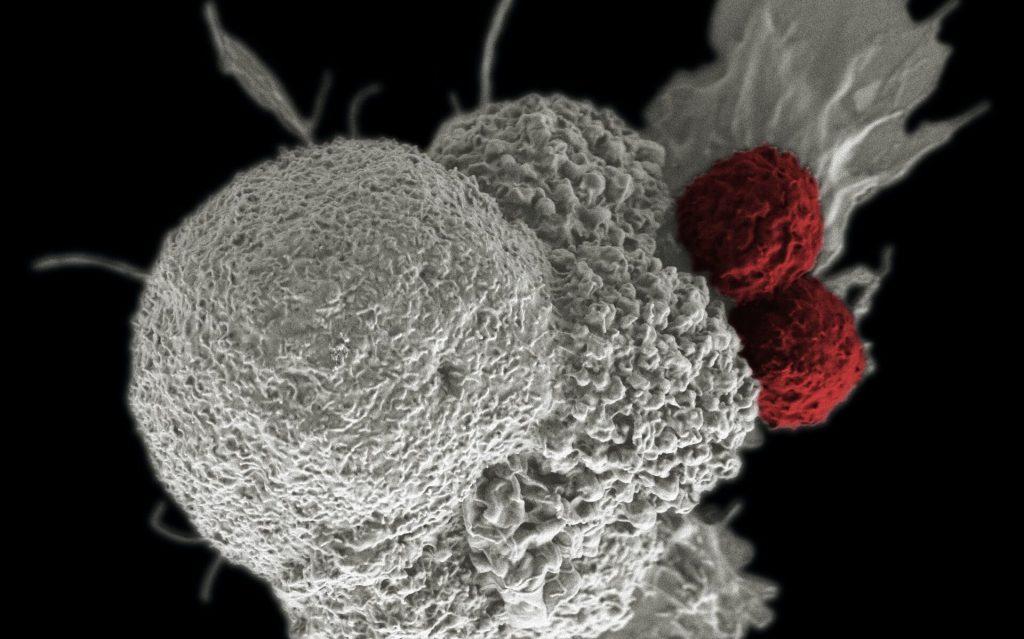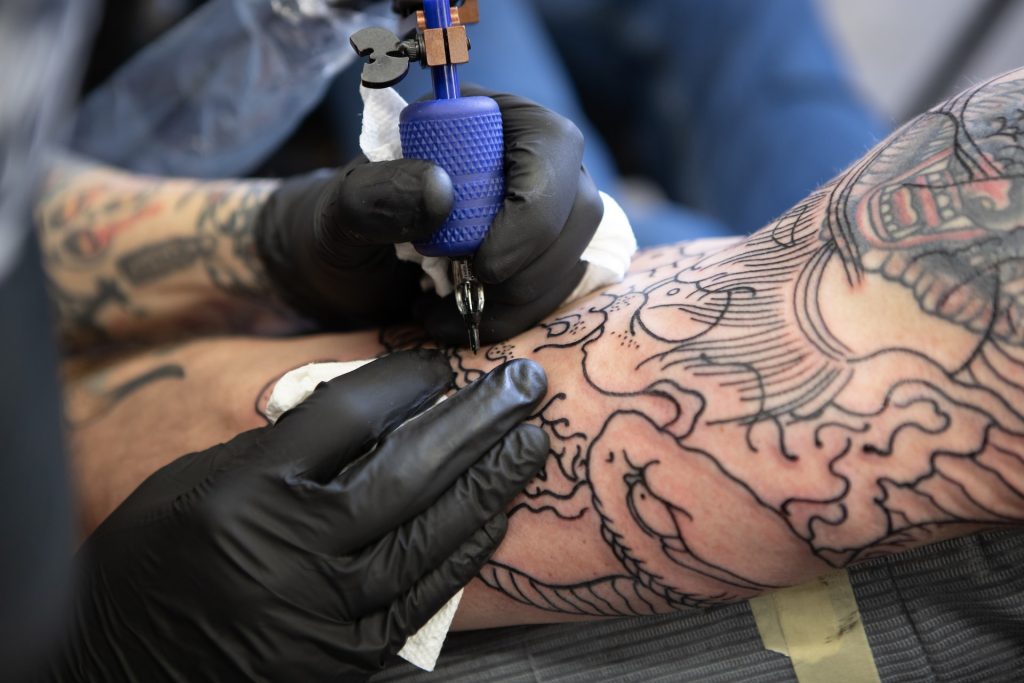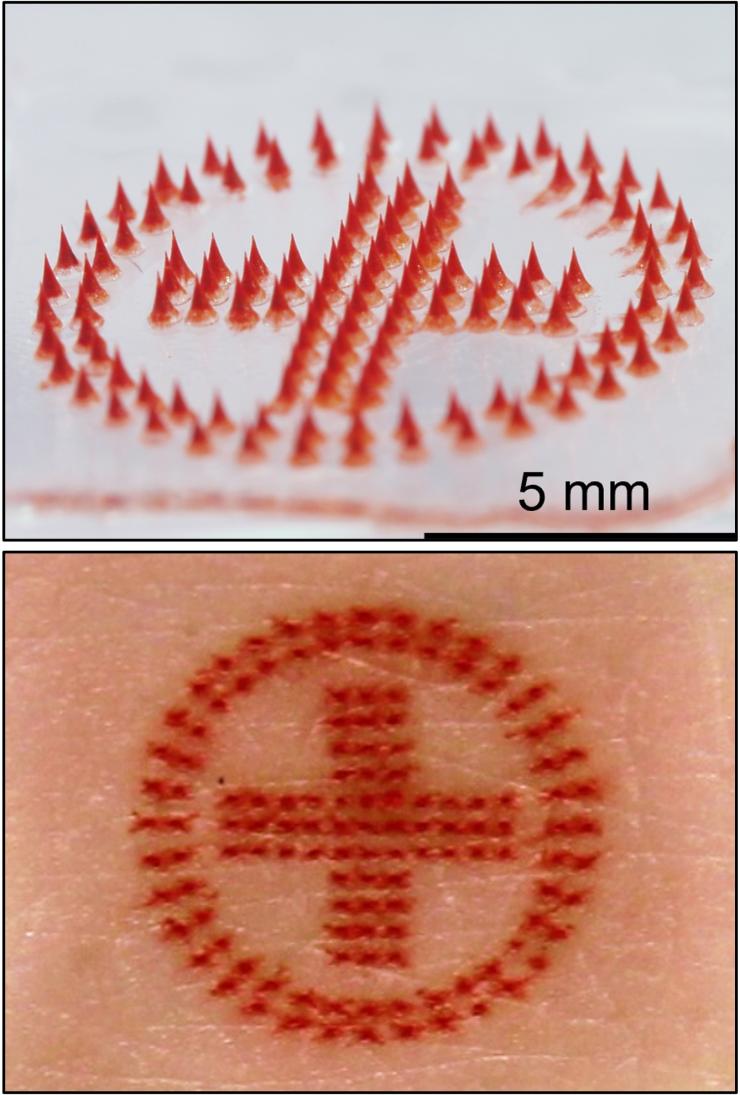People with HIV and Hepatitis C Have Increased Heart Attack Risk

As people with HIV age, their risk of myocardial infarction increases far more if they also have untreated hepatitis C virus, according to new research published today in the Journal of the American Heart Association.
According to the findings, even with antiretroviral therapy (ART), the risk of myocardial infarction (MI) among people with HIV is at least 50% higher than people without HIV. This new study evaluated if people with HIV who also have hepatitis C have a higher risk of MI.
“HIV and hepatitis C coinfection occurs because they share a transmission route – both viruses may be transmitted through blood-to-blood contact,” said Associate Professor Keri N. Althoff, PhD, MPH, senior author of the study. “Due in part to the inflammation from the chronic immune activation of two viral infections, we hypothesised that people with HIV and hepatitis C would have a higher risk of heart attack as they aged compared to those with HIV alone.”
Researchers analysed health information for 23 361 people with HIV in the North American AIDS Cohort Collaboration on Research and Design (NA-ACCORD) between 2000–2017 started on antiretroviral treatment for HIV, median age 45 at enrolment. One in 5 study participants (4677) were also positive for hepatitis C. During a median follow-up of about 4 years, the researchers compared the occurrence of a heart attack between the HIV-only and the HIV-hepatitis C co-infected groups as a whole, and by each decade of age.
The analysis found:
- With each decade of increasing age, MI incidence increased 30% in people with HIV alone and 85% in those who were also positive for hepatitis C.
- The risk of heart attack increased in participants who also had traditional heart disease risk factors such as high blood pressure (more than 3 times), smoking (90%) and Type 2 diabetes (46%).
- The risk of heart attack was also higher (40%) in participants with certain HIV-related factors such as low levels of CD4 immune cells (200 cells/mm3, signalling greater immune dysfunction) and 45% in those who took protease inhibitors (one type of ART linked to metabolic conditions).
“People who are living with HIV or hepatitis C should ask their doctor about treatment options for the viruses and other ways to reduce their cardiovascular disease risk,” said Assistant Professor Raynell Lang, MD, MSc, lead study author.
“Several mechanisms may be involved in the increased heart attack risk among co-infected patients. One contributing factor may be the inflammation associated with having two chronic viral infections,” A/Prof Lang said. “There also may be differences in risk factors for cardiovascular disease and non-medical factors that influence health among people with HIV and hepatitis C that plays a role in the increased risk.”
“Our findings suggest that HIV and hepatitis C co-infections need more research, which may inform future treatment guidelines and standards of care,” Althoff said.
The study is limited by not having information on additional factors associated with heart attack risk such as diet, exercise or family history of chronic health conditions. Results from this study of people with HIV receiving care in North America may not be generalizable to people with HIV elsewhere. In addition, the study period included time prior to the availability of more advanced hepatitis C treatments.
“Because effective and well-tolerated hepatitis C therapy was not available during several years of our study period, we were unable to evaluate the association of treated hepatitis C infection on cardiovascular risk among people with HIV. This will be an important question to answer in future studies,” Lang said.
Source: American Heart Association






